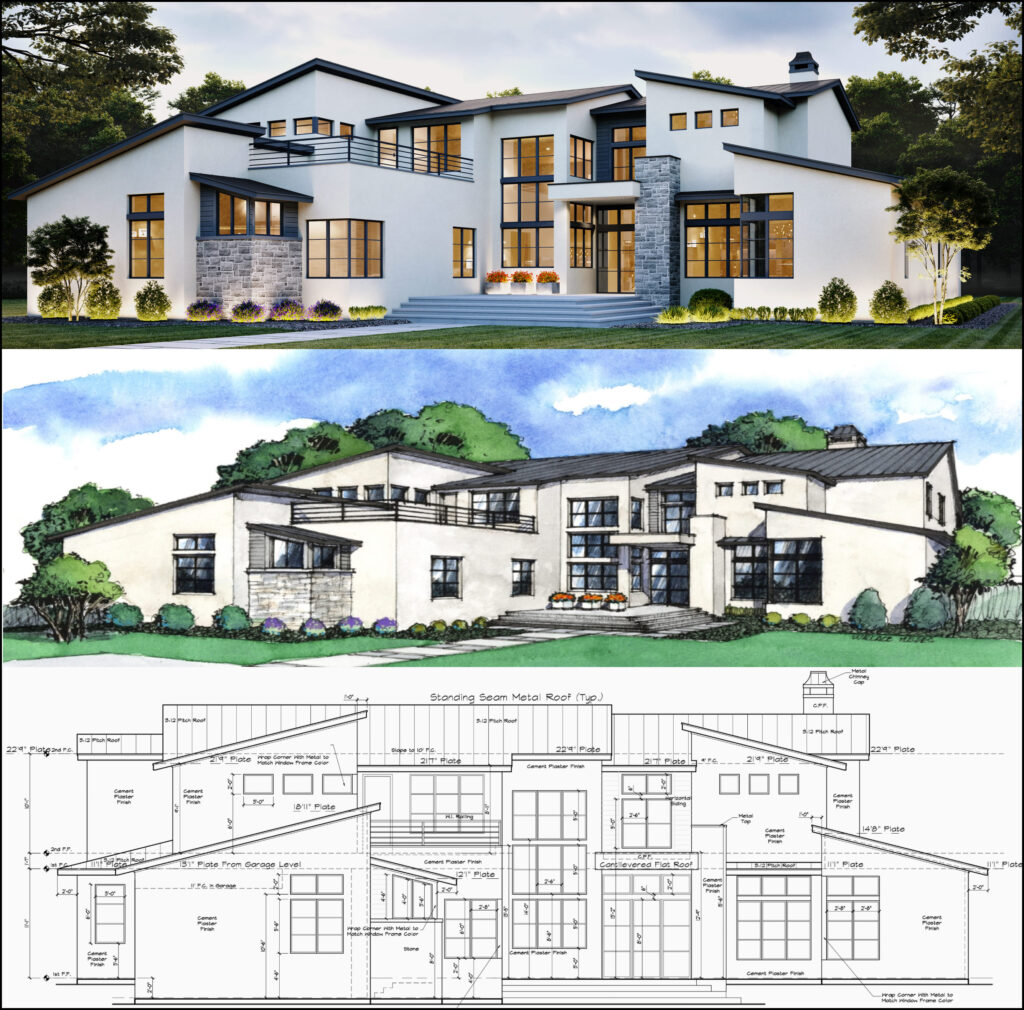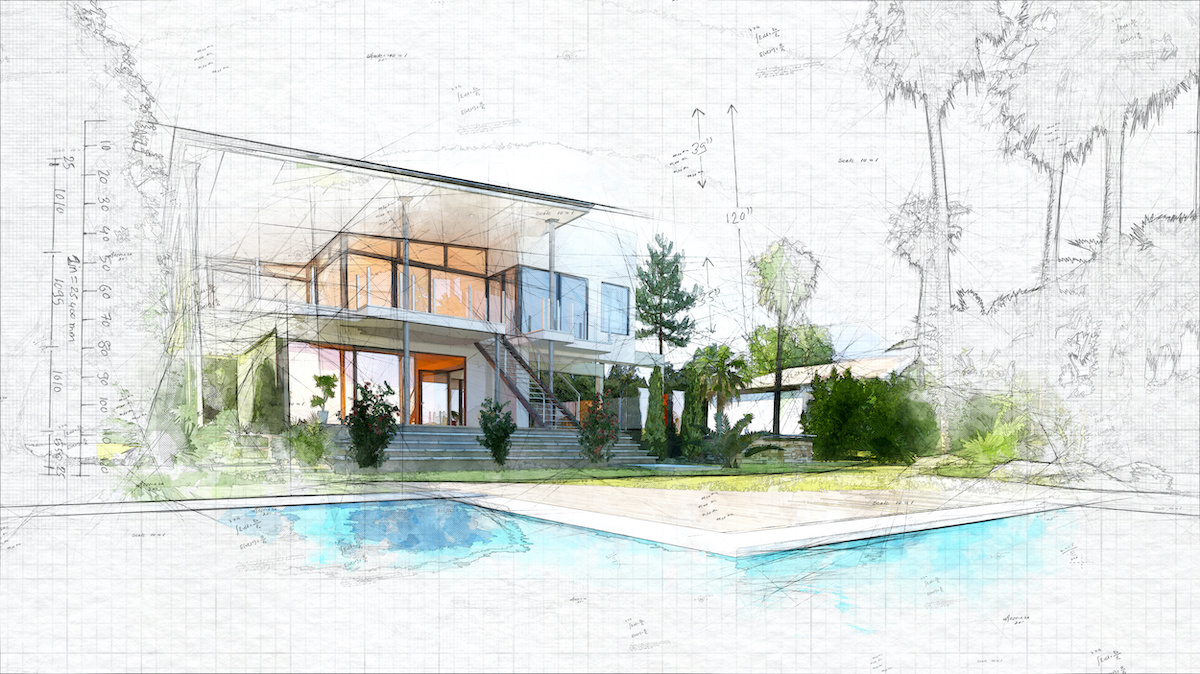Elevate Your Structure Style with the Competence of CDA Architects
Elevate Your Structure Style with the Competence of CDA Architects
Blog Article
The Impact of Technical Improvements on the Design Practices of Contemporary Architects
The quick advancement of technical devices has dramatically reshaped the layout landscape for contemporary architects, fostering unprecedented levels of technology and sustainability. Checking out these dynamics reveals a nuanced interplay between innovation and traditional style methods, motivating a closer exam of what the future holds for architectural practices.
Advancement of Architectural Equipment
Exactly how have architectural tools changed the style and building processes over the centuries? The advancement of architectural tools has actually considerably impacted the efficiency, precision, and imagination of style and building.
With the introduction of the Renaissance, the introduction of the compass and the protractor noted a critical shift. These devices allowed architects to achieve better precision in their layouts, assisting in the introduction of even more intricate and in proportion buildings. The Industrial Change further reinvented building method with the intro of mechanical tools and products, allowing for larger and extra ambitious jobs.
In the 20th century, the advancement of computer-aided design (CAD) software program changed the landscape once more, providing designers with extraordinary capacities in modeling and visualization. Today, advanced tools such as Structure Details Modeling (BIM) and parametric design software application remain to push the limits of architectural technology, allowing a more incorporated approach to style and building and construction processes.
Enhanced Collaboration in Layout
As technology remains to develop, improved collaboration in design has ended up being a keystone of modern-day building practice. The combination of electronic devices such as Building Info Modeling (BIM), cloud-based platforms, and advanced visualization software application has changed the way engineers, engineers, and stakeholders interact throughout the design process. These devices facilitate real-time interaction, enabling groups to share concepts, alterations, and feedback instantly, no matter geographical place.

Additionally, interdisciplinary collaboration has actually been structured with these technical developments, enabling designers to work much more very closely with various other professionals, such as metropolitan planners and ecological professionals. The result is an extra cohesive approach to make that takes into consideration numerous viewpoints and competence. Eventually, boosted collaboration in style is not merely a fad; it is important for producing cutting-edge, functional, and visually pleasing design in a progressively intricate globe.
Sustainability Via Modern Technology
Sustainability in style has actually progressively come to be linked with technical technology, driving the sector toward eco liable techniques - cda architects. Contemporary designers are leveraging innovative innovations to decrease environmental influence while enhancing the efficiency of structures. One noticeable instance is the usage of Structure Information Modeling (BIM), which permits for specific planning and resource allotment, minimizing waste during building and construction and advertising energy performance throughout a structure's lifecycle
Furthermore, wise materials and energy-efficient systems are being integrated right into styles to optimize source use. Technologies such as solar batteries and green roof harness eco-friendly power sources, adding to reduced carbon impacts. In addition, the application of expert system in style procedures makes it possible for designers to imitate and examine power usage, leading choices towards even more sustainable end results.
The integration of lasting modern technologies not only straightens with worldwide environmental goals however likewise fulfills a boosting demand from customers for environmentally friendly solutions. As architects accept these advancements, the emphasis shifts in the this post direction of producing rooms that are not just visually pleasing yet also functionally sustainable, therefore redefining the requirements of modern style. By doing this, innovation functions as a catalyst for sustainability, enabling engineers to make structures that respect and enhance the natural atmosphere.
Challenges in Implementation
While technological innovations in style hold fantastic promise for boosting sustainability, their application usually encounters considerable challenges - cda architects. One primary barrier is the high learning curve linked with new modern technologies. Designers and building and construction professionals might call for extensive training to successfully make use of innovative software application and devices, which can delay job timelines and enhance prices
Additionally, the assimilation of emerging innovations, such as Building Information Modeling (BIM) and sustainable materials, commonly demands collaboration across multidisciplinary teams. This partnership can be impeded by differences in expertise, workflows, and communication styles, leading to prospective disputes and ineffectiveness.
Financial constraints even more make complex the fostering of innovative innovations. Numerous architectural firms, specifically smaller ones, may lack the resources to buy sophisticated tools, limiting their capability to take on larger companies that can manage such financial investments.
Moreover, regulative frameworks and structure codes may not equal technological developments, creating ambiguity and potential compliance concerns. This difficulty can dissuade designers from completely accepting new modern technologies, as the danger of non-compliance might surpass the advantages. Resolving these implementation obstacles is vital for the successful combination of technological innovations in modern architectural techniques.
Future Patterns in Architecture
The obstacles connected with the implementation learn this here now of new technologies in style have actually triggered a reevaluation of future fads within the sector. As designers navigate issues such as sustainability, urbanization, and social equity, they are increasingly embracing innovative technologies to improve style performance and ecological performance.
One famous fad is the integration of expert system (AI) in the design process. AI devices can analyze large datasets to inform style choices, improving both creative thinking and capability. Similarly, Building Details Modeling (BIM) remains to advance, making it possible for real-time partnership amongst stakeholders and helping with streamlined task monitoring.
Sustainable layout techniques are likewise getting energy, with architects concentrating on flexible reuse and regenerative layout concepts that minimize source intake and waste. The consolidation of smart products and renewable resource resources will certainly further enhance the resilience of buildings when faced with climate adjustment.

Final Thought
Technological innovations have substantially reshaped architectural layout techniques, facilitating enhanced accuracy, collaboration, and sustainability. The assimilation of tools such as Building Info Modeling and parametric design software, along with expert system and wise products, equips designers to attend to complicated obstacles a lot more efficiently. While execution might provide particular obstacles, the ongoing evolution of these technologies assures to drive development in architecture. Future fads will likely better highlight sustainability and efficiency, eventually redefining the built atmosphere.
Report this page